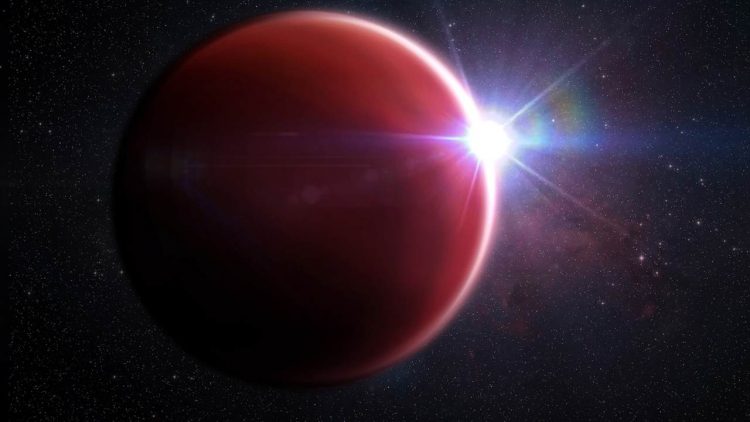FP TrendingAug 23, 2022 19:12:44 IST
The images of the planets of our solar system are some of the most iconic pictures that humans have captured. Jupiter’s pictures, the largest planet in our solar system, are instantly recognisable by most. But the planet’s newest images taken by the James Webb Space Telescope paint the gas giant in a completely new light. The telescope’s Near-Infrared Camera (NIRCam) used three filters – F360M (red), F212N (yellow-green), and F150W2 (cyan) – to create beautiful composites of Jupiter in never seen before angles.
Giant news from a giant planet!@NASAWebb captured a new view of Jupiter in infrared light, uncovering clues to the planet’s inner life. Two moons, rings, and distant galaxies are visible. Get the details: https://t.co/6WKbAQY78z pic.twitter.com/9uaACCPGyU
— NASA (@NASA) August 22, 2022
Capturing the Great Red Spot, the iconic anticyclonic storm that appears on the southeast quadrant of Jupiter’s surface in a reddish colour, the new image also caught rings of the planet, two its moons, auroras at both of its poles, and even tiny galaxies in the background.
The auroras that shine bright at the poles have been mapped to the red filter, while the yellow-green filter brings out the swirling hazes and clouds on the visible surface, and finally, the blue filter highlights deeper clouds on the planet. The whites indicate areas of high altitude as they reflect a significant amount of sunlight. The Great Red Spot is one of these bright white spots. The dark ribbons on the surface of the planet represent regions with little to no cloud cover.
“This one image sums up the science of our Jupiter system program, which studies the dynamics and chemistry of Jupiter itself, its rings, and its satellite system,” said Thierry Fouchet, a professor at the Paris Observatory.
“We hadn’t really expected it to be this good, to be honest,” said Imke de Pater, a planetary astronomer at the University of California, Berkeley. de Pater has led the collaboration on Webb’s images of the planet along with Fouchet.
Scientists used the raw data from Webb that arrived at the Space Telescope Science Institute (STScI) to translate it into images that we can comprehend. The team at STScI worked with citizen scientist Judy Schmidt to process the new images of Jupiter.
Read all the Latest News, Trending News, Cricket News, Bollywood News,
India News and Entertainment News here. Follow us on Facebook, Twitter and Instagram.
Source by www.firstpost.com





























